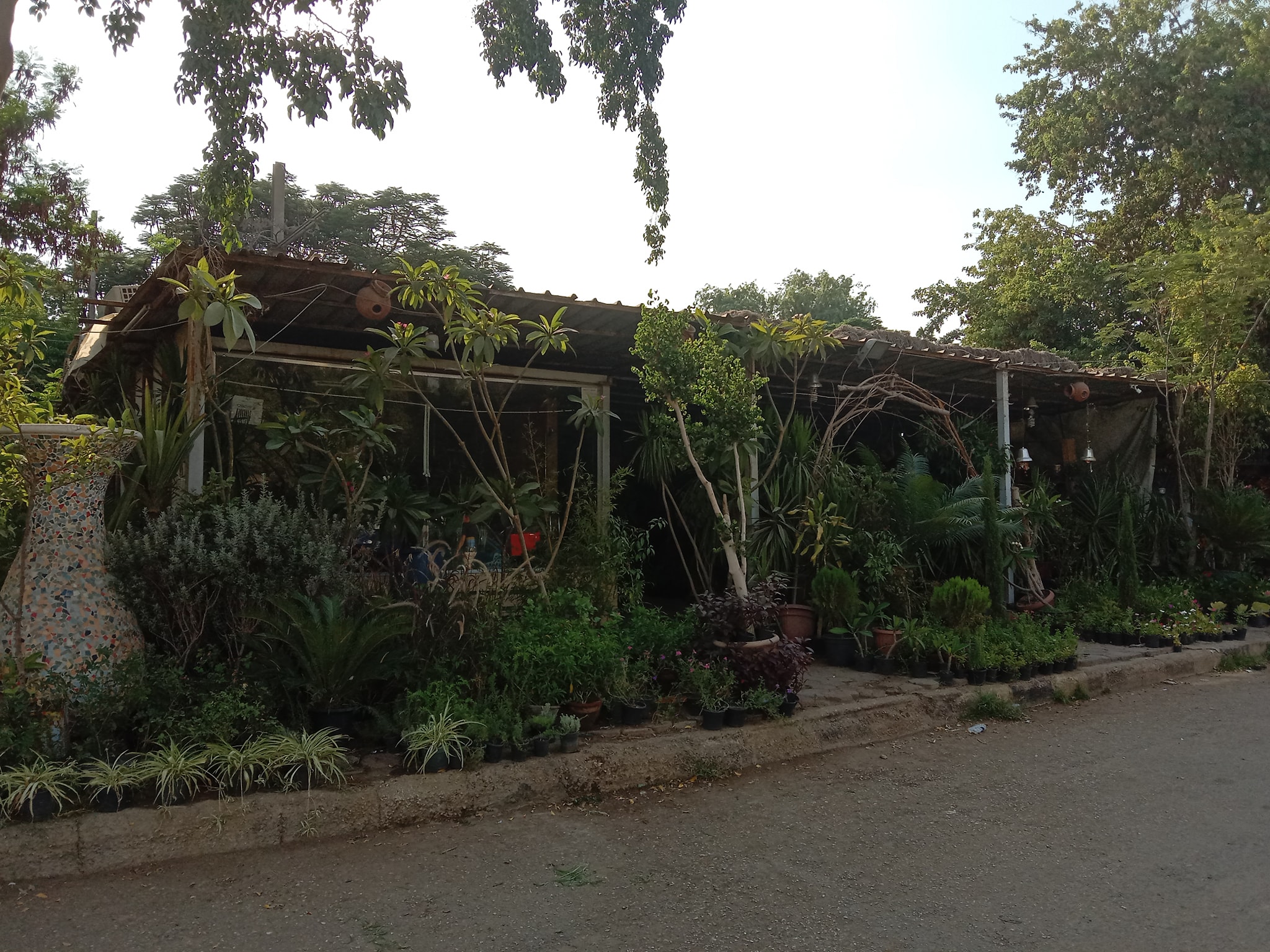
Residents of the upscale Cairo suburb of Maadi are up-in-arms after the Egyptian Ministry of Transportation announced a new highway development that may result in the deforestation of some of Maadi’s most renowned areas.
The Ministry of Transportation announced on 6 June 2021 the new project, named ‘Al Gazaer Axis’ (Algeria Axis), along with two other new projects to be implemented to tackle traffic congestion.
Since the project was announced, a number of Maadi vendors in affected areas have received phone calls to make way for the project.
Meanwhile, residents of Maadi have been posting on social media to call for action against this project, including actor Karim Kassem, television presenter Layla Farouk, and singer Shahira El-Khatira, using the hashtag of “المعادى_ترفض_المحور#” (Maadi Refuses the Axis).
“It’s the quality of life we are campaigning for in line with the National presidential target as well in sustaining and creating a better quality of life to all Egyptians. We are defending our right for this life and preserving a beautiful garden suburb in Egypt which is considered an icon for sustainability and cultured heritage,” said Walaa Afifi, one resident of Maadi and an active member in the community to Egyptian Streets.
The proposed ‘Al-Gazaer Axis’ project will include a motorway that is planned to span from the National Museum of Egyptian Civilization (NMEC) in Old Cairo and will end at Torra Road and Autostrad Road, passing through the Degla area.
One of the areas that will be most affected by this project is Street 250 in Maadi, which is approximately one kilometer long and is filled with hundred-year-old trees on both sides. It is also known for hosting flower and street vendors frequently visited by local residents and visitors from other areas in Cairo.
A number of Maadi residents have argued that the areas which will be affected by the new project are protected and registered landmarks of Maadi, and therefore the project is unlawful. Residents of Maadi have also argued that the project will result in a series of other consequences, including massive deforestation of large areas of Maadi, and that ultimately it will not solve traffic issues in the area.
“Since the roads of Maadi are already narrow, and the flow of traffic is already dense, this axis project will, unfortunately, result in more congestion,” said Zeina Saafan, one of the admins of the newly-founded Save Maadi Instagram page, to Egyptian Streets.
The Save Maadi page has launched an online petition to gather signatures in an attempt to prevent the implementation of the new project and to preserve the greenery in the Degla area and on Street 250. Nearly 14,000 people have signed the petition since it was launched in June 2021.
Another potential problem resulting from this project is how it will impact pedestrians and students living in the Sarayat El-Maadi and Degla areas. According to Shahira, there are at least four schools in the area whose students live in both Sarayat and Degla. Therefore, with the implementation of this project, the road connecting both areas, Street 250, will be cut with a new highway running in between.
Consequently, parents and students who are used to walking back and forth to their schools will no longer be able to do so and may need to find other ways to commute.
Flower and Plant Vendors on Street 250
Street 250 has been the home of flower and plant vendors for almost 30 years.
“I keep looking left and right at all of my plants and the gardens which I cultivated, and I am just sad and overwhelmed,” said Mostafa, a flowers’ vendor who has been selling flowers for 25 years, to one of the residents of Maadi as shared on Instagram.
View this post on Instagram
“Most of the oldest trees in Maadi are present in this area and they are the reason why Maadi is referred to as ‘The Green Suburb of Egypt’ in the law”, Walaa added.
According to the ‘Al Maadi Tarfod Al Mehwar’ (Maadi Refuses the Axis) public group on Facebook, many vendors say that they did not receive any official eviction notices.
In preparation for the likely eviction, a number of vendors have reduced the prices of their plants and flowers by up to 50 percent in order to sell as much as they can before needing to depart.
Legal Framework of Street 250 and Its Surrounding Areas
According to the National Organization for Urban Harmony (NOUH), in 2011, Maadi was categorized as an architectural landmark in Egypt. Therefore, it was divided into three main parts: Zone (A), Zone (B), and Zone (C).
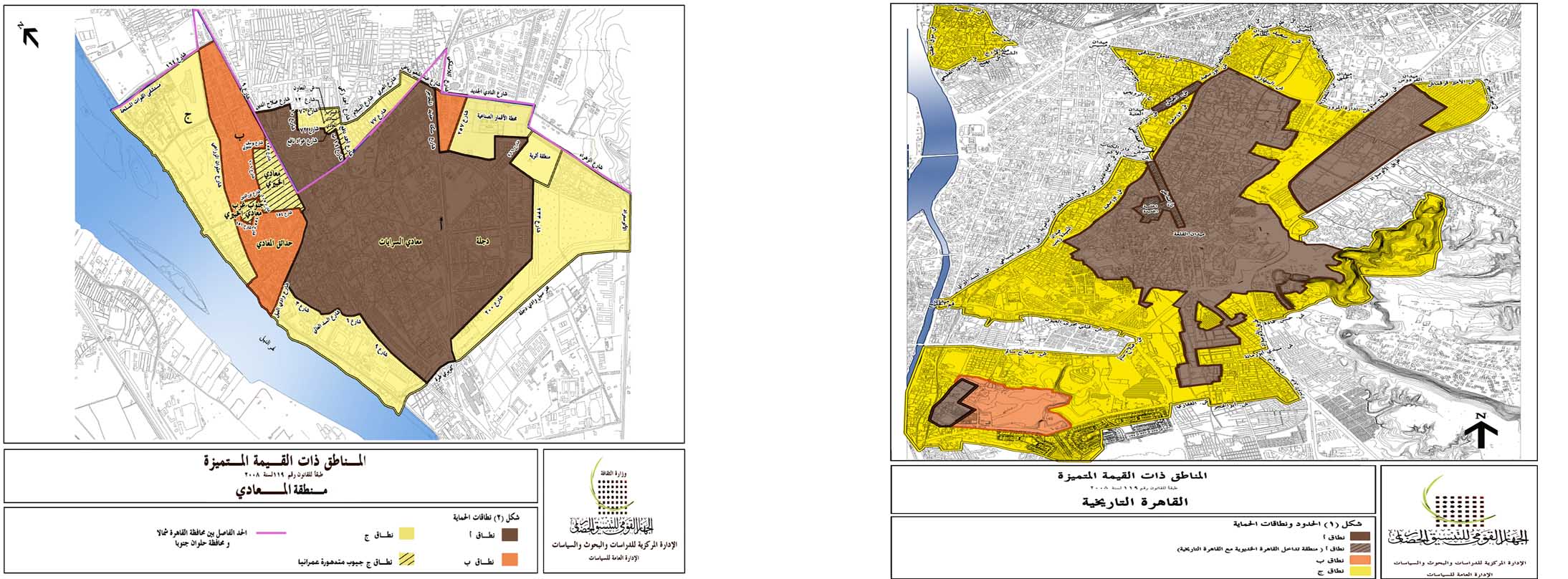
Zone (A) includes Maadi Sarayat and Degla Maadi, while Zone (B) includes Hadayek El-Maadi, the Triangle between St. Sekak El-Hadid from the west and Street 257 from the east. Zone (B) includes the remaining parts of Maadi in addition to three parts that are architecturally deteriorated.
According to the Save Maadi page, Al-Gazaer Axis is going to divide Zone (A) into two parts, which contravenes Article 2(1) in Law No. 119 of 2008 which states: “It is prohibited to implement any construction in public and open spaces, streets, and squares inside the area, which interfere with the visual image of building facades, such as pedestrian bridges and overhead roads for cars or advertisements and directional signs that cut off streets and squares.”
Moreover, Article 3(1) also stresses the importance of protecting the ‘urban fabric’ of the region by not allowing any division between Zone (A) and (B) because both zones represent monumental importance to Maadi.
Active civil organizations of Maadi such as ‘Gameyat Mohebee Ashgar ‘ (Tree Lovers Association) have been reaching out to officials and governmental institutions in order to present alternatives to the axis and calling for the protection of Maadi’s history and heritage by not implementing the new project.
View this post on Instagram
Historical Background on Maadi
Maadi dates back to the late 19th century when Egypt was under the rule of Khedive Ismail (1830-1895). In 1904, Maadi started to take its current shape when the railway between Sayeda Zainab and Helwan was built and the Mosseri cousins, famous businessmen, decided to resell the land back to Egyptian Delta Land and Investment Company.
Maadi was unconventionally planned by the English-Canadian Captain Alexander J. Adams; it eventually grew into a distinctive town that surrounded the railway. It is currently known for being culturally diverse and home to many expats living in Egypt. Some of its most famous districts include Corniche Maadi, Sarayat Maadi, Degla Maadi, Zahraa Maadi, Old, and New Maadi.
Subscribe to the Egyptian Streets’ weekly newsletter! Catch up on the latest news, arts & culture headlines, exclusive features, and more stories that matter delivered straight to your inbox by clicking here.
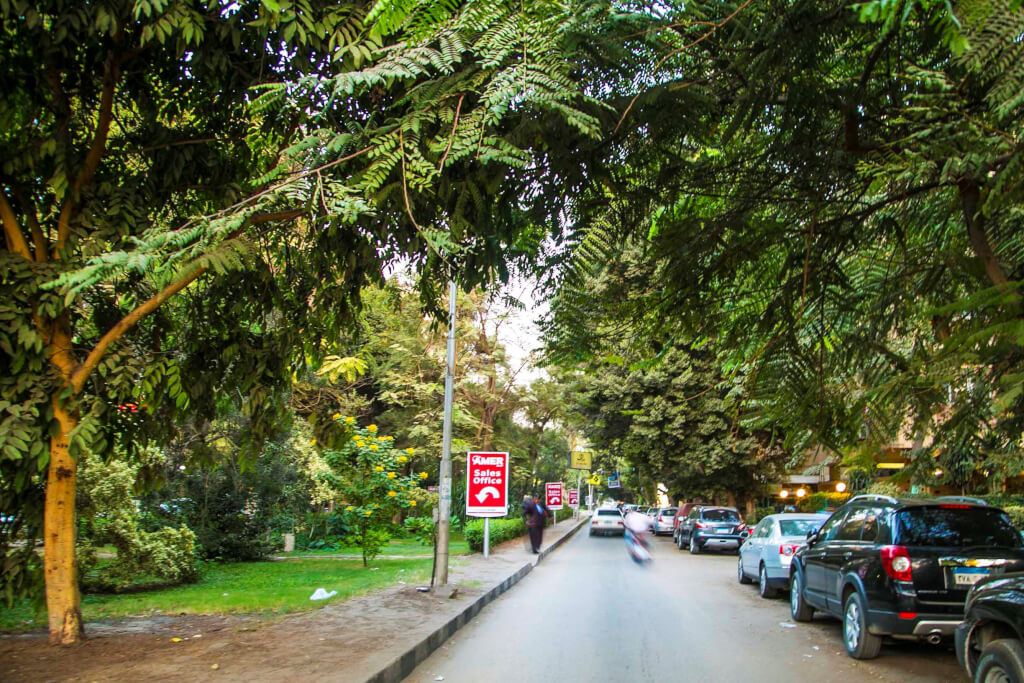


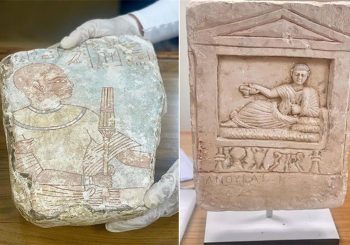

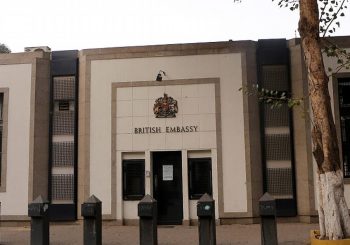
Comments (7)
[…] ‘El Gazaer’ axis project has caused a widespread uproar on social media using the hashtag of […]
[…] Source link […]